The important role of supplementary feeding
As a nation, I think it's fair to say we are all interested in the well-being of our wildlife, particularly those species which can often be at risk. While looking at some of the more recent bird count results published by the RSPB and the Game and Wildlife Conservation Trust (GWCT), it's clear to see that conservation efforts in the UK are starting to pay back and produce a slow but positive increase in our songbird populations. But the work is far from over.
Many of us make a conscious effort to provide bird seed and nest boxes in our private gardens but these provisions are just as important across the wider countryside – particularly in the winter months. The period between December and April is commonly referred to as 'the hungry gap'; a time when existing wild bird seed crops, game cover, hedgerows and trees have less plentiful natural seed and food. During these months, the threat of starvation is high for farmland birds and efforts from farmers and landowners to supplementary feed and provide safe habitat are vital for their survival into the spring.
My own feed station, like many others, is outside my kitchen window and provides a fantastic observation spot to see the activities and feeding habits of different species through the winter months. I've thought about its location so I can ensure seed is easily accessible and visible to the local birds, and its position means I can monitor how much and which types of seed my feathered friends take.
These are the kinds of learnings that can be valuable for large-scale feeding exercises across farms and estates too. It's important to think about the species that are present (or those which you're hoping to encourage back!) and how well managed wild bird seed plots and carefully situated hoppers or seed-spreading points can provide the most benefit.
The options that deliver for farmland birds
In the same way that many of you create pollinator and wildflower plots to support bees and beneficial insects, wild bird seed mixtures can be incorporated to provide vital habitat and sources of food for birds.
Countryside Stewardship option AB9 'winter bird food' refers to crops that are sown specifically to support farmland birds in the autumn and winter months, while AB12 is the act of supplementing these winter bird food crops and other natural food sources with additional seed, either spread across the farm or made available via feeders/hoppers. Similarly, there is also HF12 (enhanced wild bird seed mix plots) and HF24/EF23 (supplementary feeding in winter for farmland birds) in Environmental Stewardship.
The benefits of these options are wide ranging and a combination of seed crops and supplementary feeding can be particularly effective. Well managed wild bird seed plots can provide for the wider farmed environment, providing habitat and forage for bees, butterflies and hoverflies, while careful deployment of seed elsewhere on farm is a great way to provide birds with specific mixtures as well as make access to see much easier.
To get the most from both these options there are some key things to consider:
- Feeding locations
The location of any wild bird seed plot is important and for it to perform well, it should be positioned reasonably close to good quality hedges and/or woodland. The same is also true if spreading seed too – ensuring mixtures are visible from the safety of hedgerows and trees means that birds can access food and retreat into cover, away from any predators.
Making seed available in close proximity to access tracks is important too. For plots sown as part of AB9, tracks should allow easy access across to the plots throughout autumn and winter – even in periods of heavy snow. Hard-standing areas and farm tracks are best for this to avoid a quagmire early in the season. They are also great locations for spreading seed too, with farmland birds easily able to find their next meal.
For AB12, hoppers/feeders can be used but there are thresholds in place and only a specific portion of supplementary seed can be made available to birds in this way. If you do choose to incorporate them on your farm or estate, while their location is open to individual preference I find they are best located in the corner of a wild bird seed plot or at the end of a hedge. This allows the plot to be accessible alongside and to an extent, it also gives small songbirds a little more protection from predators too.
- Keep an eye on seed uptake
Directly linked to location is the importance of monitoring how much seed is taken from the feeding points you have implemented as you can use this to change things up and meet the requirements of the bird populations on farm.
It will take some time and commitment to find a system that yields the best results. Hopper posts and brackets are often left out in the feed point locations but these can be moved around, as can your AB9 strips.
Similarly, if spreading seed you can trial a variety of locations around the farm to see where uptake is highest. A good rule is to vary the amount of seed you scatter – 'little and often' is always a good tactic so you can keep track of how much the birds are eating. Equally, it's important to be consistent and regular too so the birds become familiar with their feeding spots and keep coming back!
The HF24 and AB12 supplementary feed options state feeding should start on the 1st of December and run to the 30th of April. However, you should consider that voluntarily feeding outside of these schemes would usually start much earlier in most years.
A stop-start routine can be very destructive to a farmland bird population that has become dependent on your feeding strategy and I would always recommend that you continue to feed right up until 30th April to ensure provisions are there for the entirety of the period.
- Managing vermin
Of course, the supply of seed will undoubtedly attract more than just farmland birds and this always needs close management.
For winter bird food plots, if left or poorly managed they can be a haven for unwelcome visitors such as rats which can quickly bring a negative effect to farmland bird populations.
The same is also true for supplementary feeding – it is wise to move feeding sites around when required to avoid the build up of vermin. It's a good idea to avoid spreading seed close to any water courses or farm buildings with this in mind. This strategy should also tie in carefully with a determined management plan for hedges, woodland habitat, small songbird nesting boxes and any aforementioned AB9/HF12 wild bird seed plots.
The management of vermin actually becomes a little easier with the used of feeders or hoppers when located just a few metres away from woodland and hedges.
- Consider the weather
With the provision of additional seed on farm taking place through the winter months, it's important to think about the impact of adverse weather.
Spreading seed in periods of very heavy snowfall or 'blowing snow' can often be a waste as farmland birds will be reluctant to expose themselves to the elements. Rather, you're likely to see a build up of feed which can eventually attract ground predators.
A better approach is to drop a handful of feed every few metres in easily accessible areas so that songbirds can eat from the ground in difficult conditions.
Unsurprisingly, the weather may impact the performance of any AB9/HF12 plots too, particularly when it comes to establishment or the longevity of overall seed provisions.
Although the crops can provide a steady amount of seed to last through the winter, they often invariably begin to run out from January onwards when conditions are harsher – even earlier if Mother Nature has other ideas. If we take ourselves back to November 2010 or the prolonged difficult conditions of February 2018, when seed availability begins to deplete in these plots then the demands on supplementary feeding become even greater.
- Catering to competitive birds
Try to cater for the migratory bird species, especially through difficult conditions. These birds often consist of larger communal groups such as coal tits, bramblings, some of the visiting thrushes and fieldfares as well as shy yellowhammers (which are often not seen at feeding stations but will become visible through harsher periods of weather). I often see regular species becoming dominant, which includes behaviours like bullying other species and guarding their territory. Spreading feed further on existing tracks and at a few new locations in extreme conditions can help dilute this level of conflict and allow for the survival of more songbirds.
Seed quality, record-keeping and compliance
Of course, when supplementary feeding farmland birds you want to be sure that you are giving them high-quality feed. The wrong seed mix can lead to more problems down the line, such as introducing rogue millets to the farm.
At Kings our mixtures are produced at our seed facility in Diss, Norfolk and we design them to comply with scheme requirements. We work very closely with local farms to produce much of our seed, all of which is cleaned and mixed to suit different needs – including bespoke requests.
Many growers also opt to use their own wheat seed. If that's something you're considering, we can apply complementary seed options so you're able to complete the full feed mix yourself.
As well as ensuring you meet agri-environment seed mixes, you'll also be required to evidence your feeding activity by way of logging feeding dates, methods and locations alongside seed types and quantities.
Above all else, many inspection failures tend to be attributed to poor record-keeping so it's important to keep it a top priority. To help, at Kings we have developed a pocket-sized supplementary feeding record book. It can be used to keep all records in one place and it includes a handy bird species ID chart.
If you're feeding as part of an agri-environment scheme this winter, you can find more details and order your supplementary feeding record book via our website.
Directly contribute to the protection and wellbeing of farm wildlife
While there are several options at play for providing seed to farmland birds and doing so requires some careful planning, the rewards are significant.
Ultimately, our dependence on the natural environment and its resources means we have a role to play too. Conscious efforts to improve habitat and seed provisions can directly influence bird populations through successful breeding and rearing of chicks. The new spring drawn chorus is often the first new yearly observation that such efforts are having a meaningful impact.
Another excellent way to monitor the effects of supplementary feeding is to take part in the Big Farmland Bird Count. The initiative from the GWCT is a fantastic one which grows in popularity every year – it offers a brilliant insight into the results of conservation efforts to protect our farmland bird populations and, importantly, it's great fun! You can learn more about how to take part here.
To learn more about how to achieve successful supplementary feeding, please visit our website where you'll find guidance on suitable mixtures for farmland and game birds and you can order seed, your feeding record book, Perdix Farmland Feeders and feeding signs.
As a subscriber, you’ll receive email alerts each time a new blog is published so you can always stay updated with the latest advice and insights from our experts

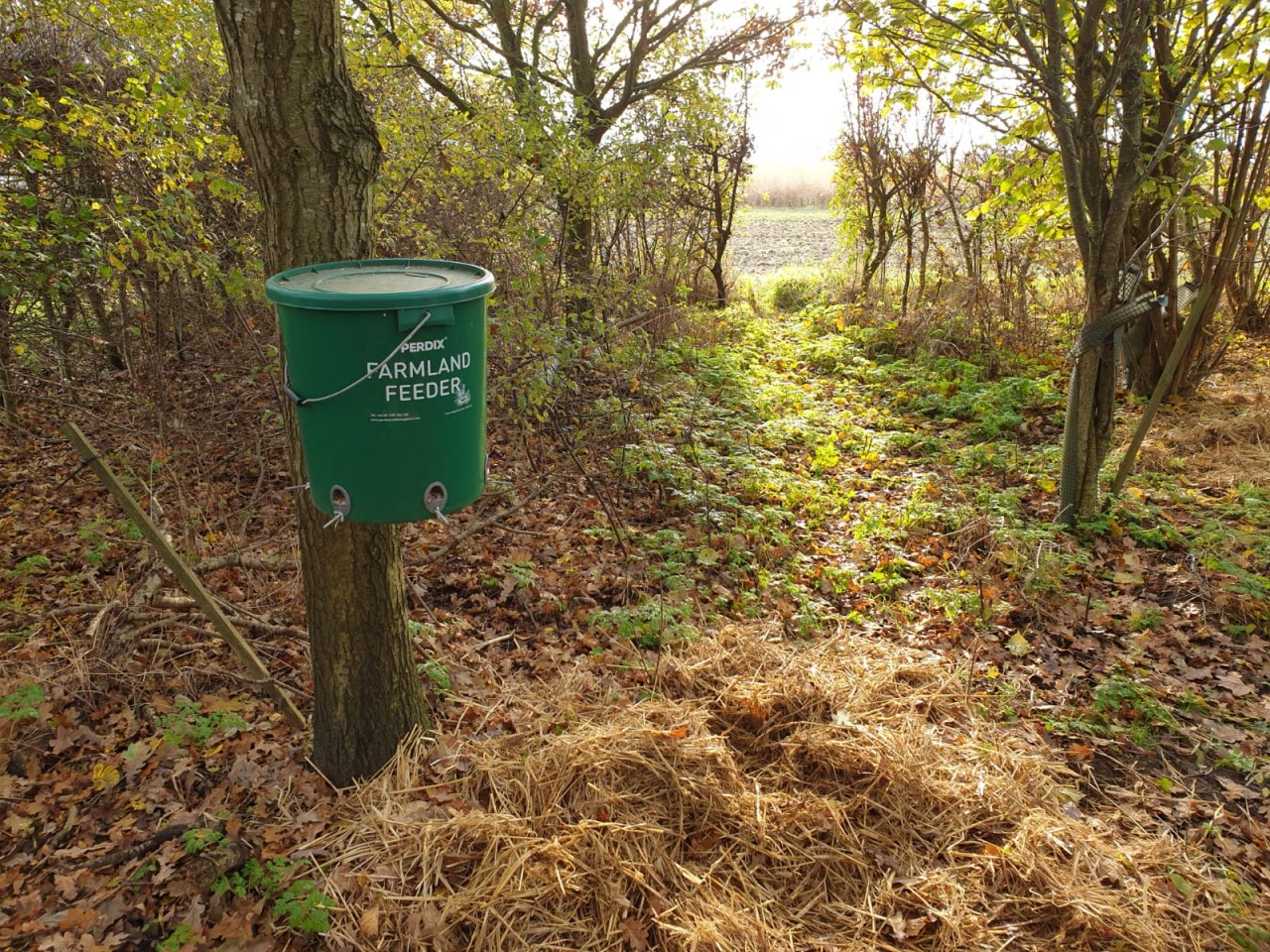
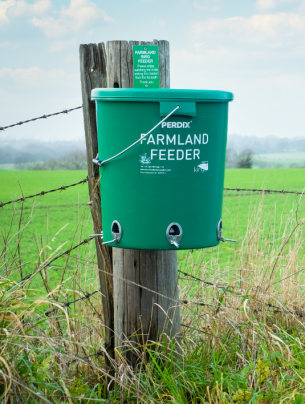
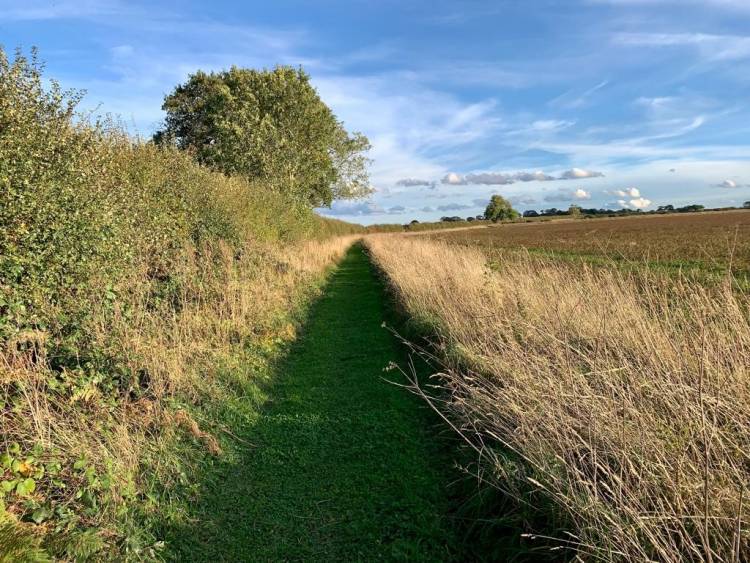
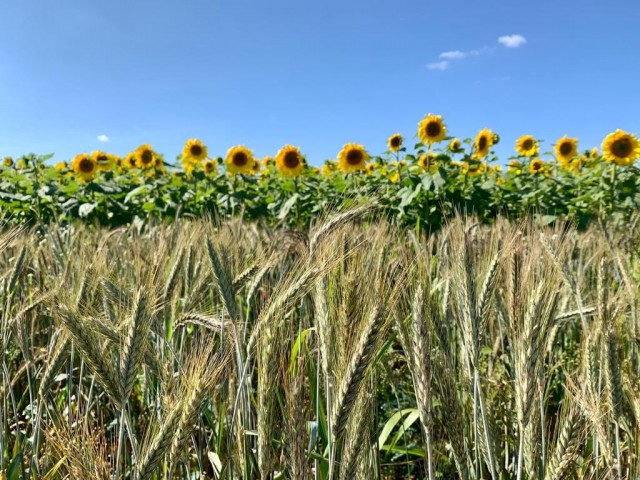
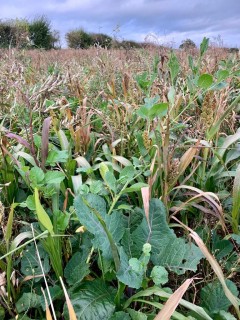
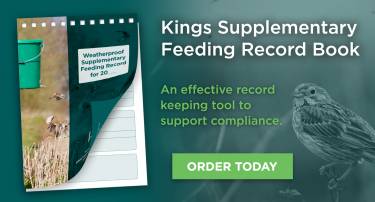


Comments